Search
Items tagged with: HubbleSpaceTelescope

Hubble Captures a Cosmic Cloudscape
The universe is a dusty place, as this NASA/ESA Hubble Space Telescope image featuring swirling clouds of gas and dust near the Tarantula Nebula reveals.NASA Hubble Mission Team (NASA Science)

Webb Maps Full Picture of How Phoenix Galaxy Cluster Forms Stars
Discovery proves decades-old theory of galaxy feeding cycle.NASA Webb Mission Team (NASA Science)

Elizabeth Tammi Gives Hubble a Voice - NASA
What do you do and what is most interesting about your role here at Goddard? How do you help support Goddard’s mission?Jessica Evans (NASA)
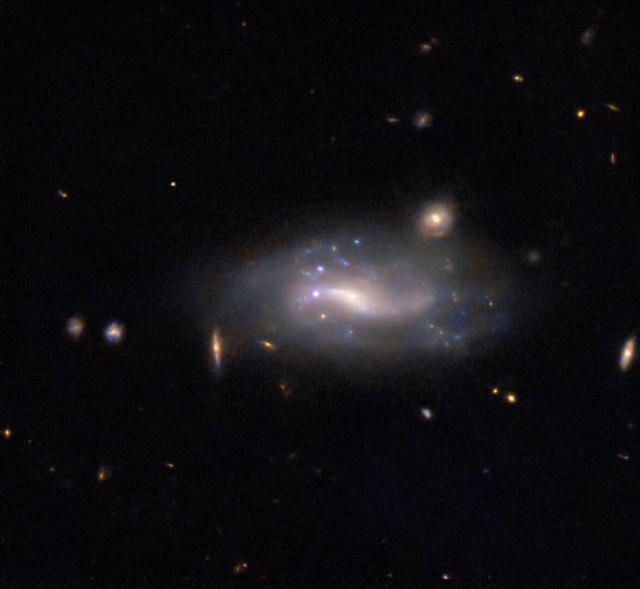
Hubble Goes Supernova Hunting
A supernova and its host galaxy are the subject of this NASA/ESA Hubble Space Telescope image. The galaxy in question is LEDA 132905 in the constellationNASA Hubble Mission Team (NASA Science)
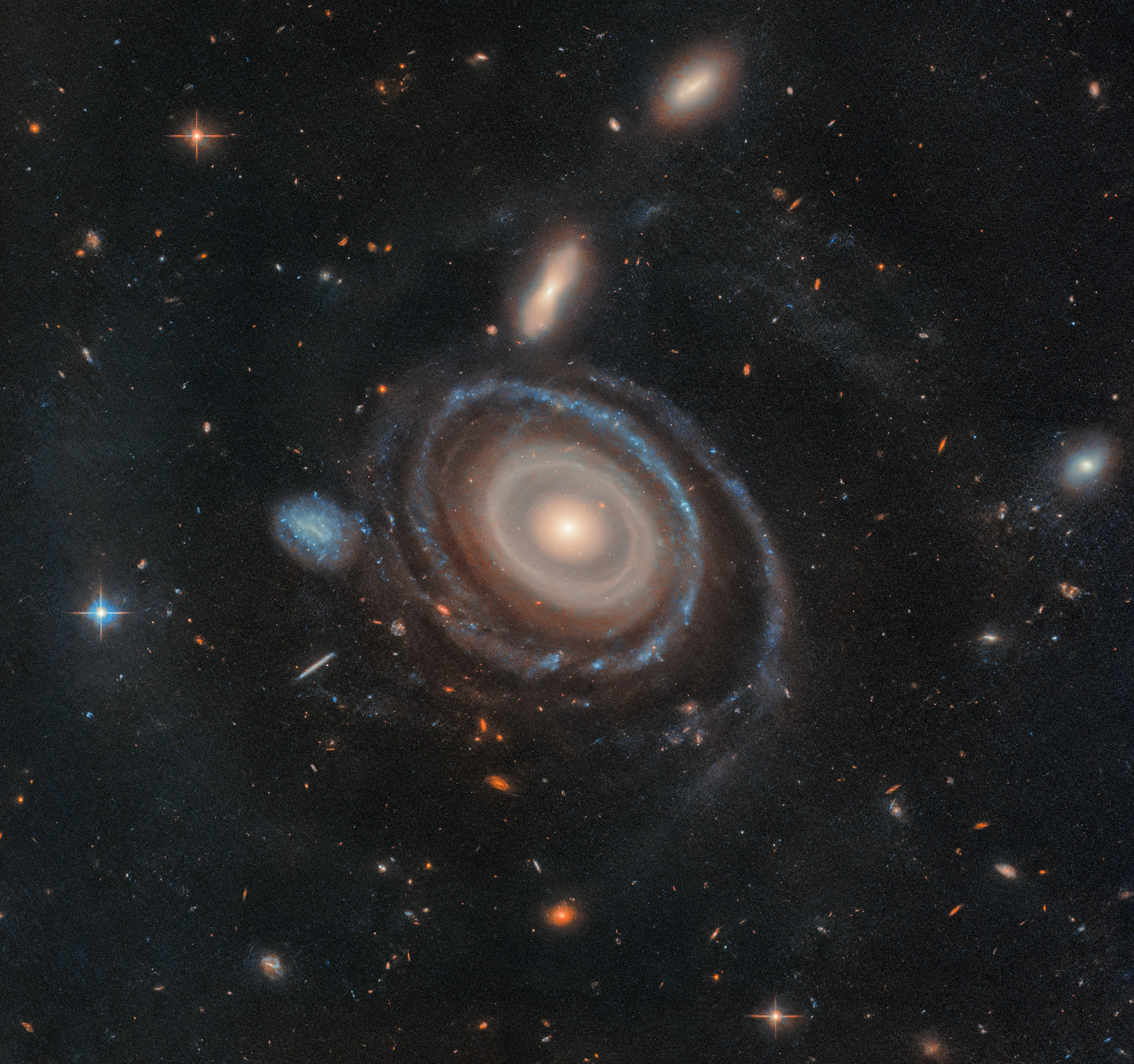
Bullseye! - NASA
This image from NASA’s Hubble Space Telescope, released on Feb. 4, 2025, shows the gargantuan galaxy LEDA 1313424, aptly nicknamed the Bullseye. A far smallerNASA
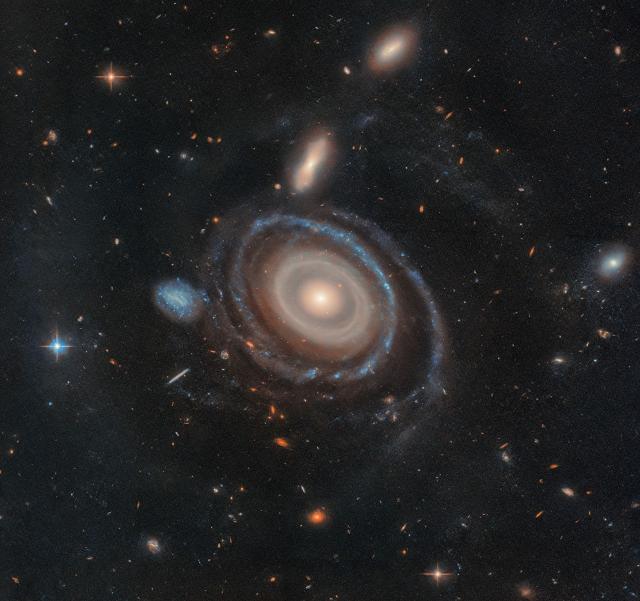
Straight Shot: Hubble Investigates Galaxy with Nine Rings
NASA’s Hubble Space Telescope has captured a cosmic bullseye! The gargantuan galaxy LEDA 1313424 is rippling with nine star-filled rings after an “arrow” — aNASA Hubble Mission Team (NASA Science)
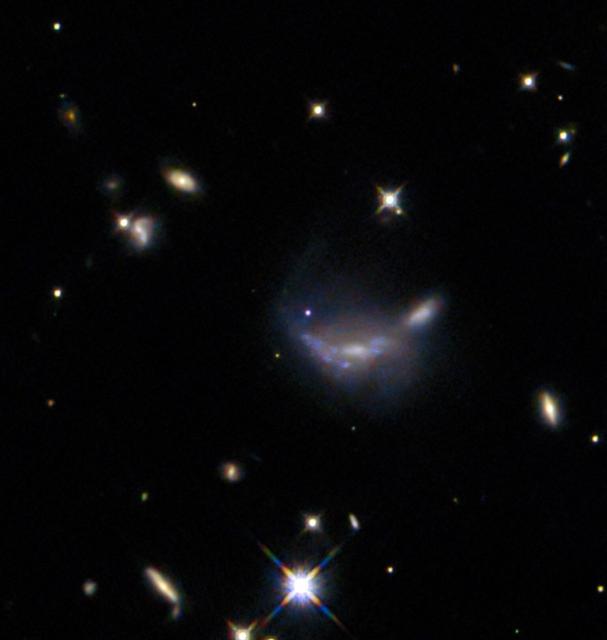
Hubble Spots a Supernova
The subject of this NASA/ESA Hubble Space Telescope image is a supernova-hosting galaxy located about 600 million light-years away in the constellationNASA Hubble Mission Team (NASA Science)
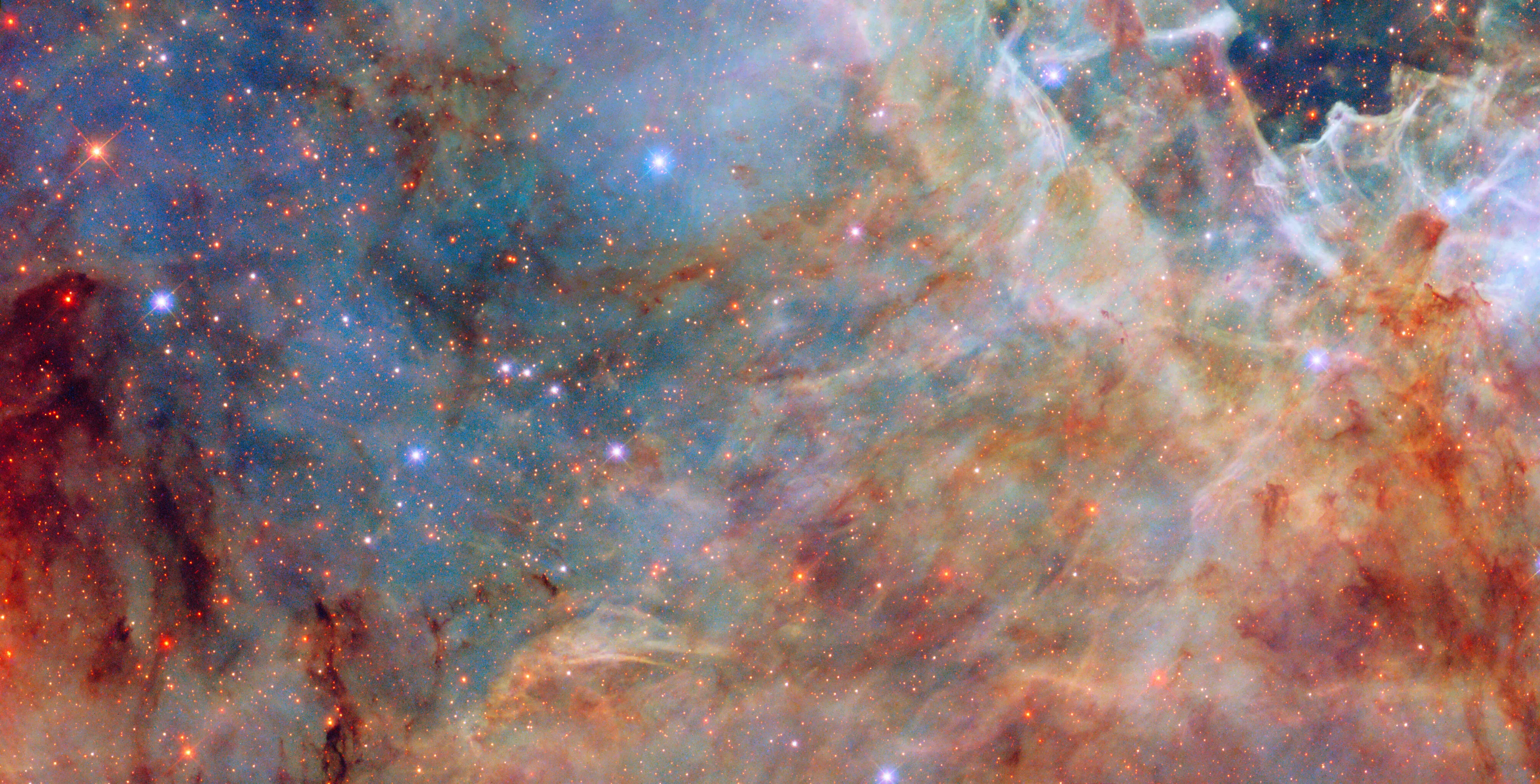
Hubble Studies the Tarantula Nebula’s Outskirts - NASA
This NASA/ESA Hubble Space Telescope image features a dusty yet sparkling scene from one of the Milky Way’s satellite galaxies, the Large MagellanicNASA

Hubble Reveals Jupiter in Ultraviolet Light - NASA
This NASA Hubble Space Telescope image shows the planet Jupiter in a color composite of ultraviolet wavelengths. Released on Nov. 3, 2023, in honorNASA
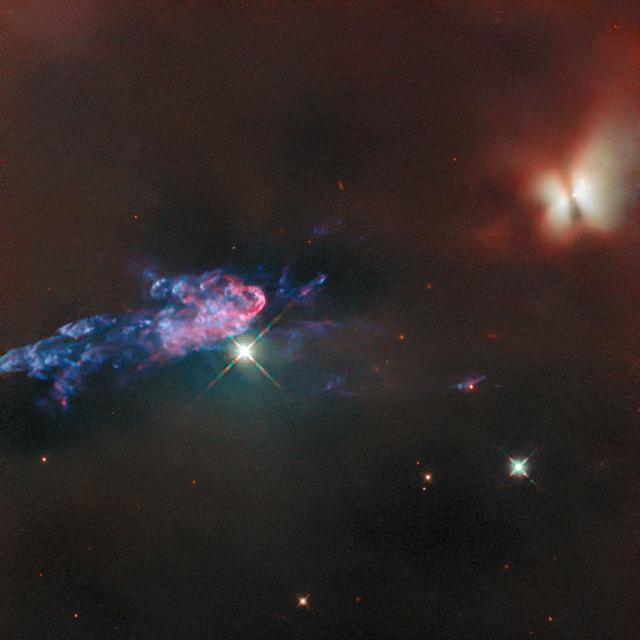
Hubble Captures Young Stars Changing Their Environments - NASA Science
This NASA/ESA Hubble Space Telescope image peers into the dusty recesses of the nearest massive star-forming region to Earth, the Orion Nebula (Messier 42, M42).science.nasa.gov
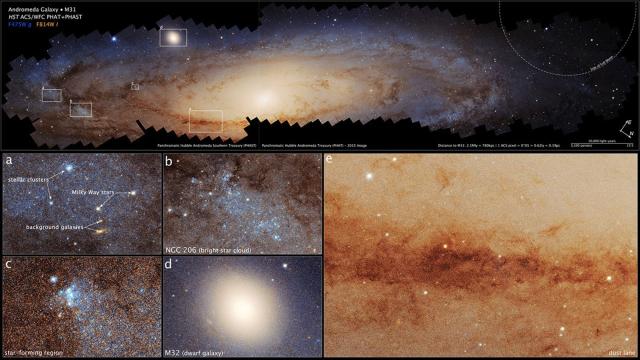
NASA's Hubble Traces Hidden History of Andromeda Galaxy - NASA Science
In the years following the launch of NASA’s Hubble Space Telescope, astronomers have tallied over 1 trillion galaxies in the universe.science.nasa.gov
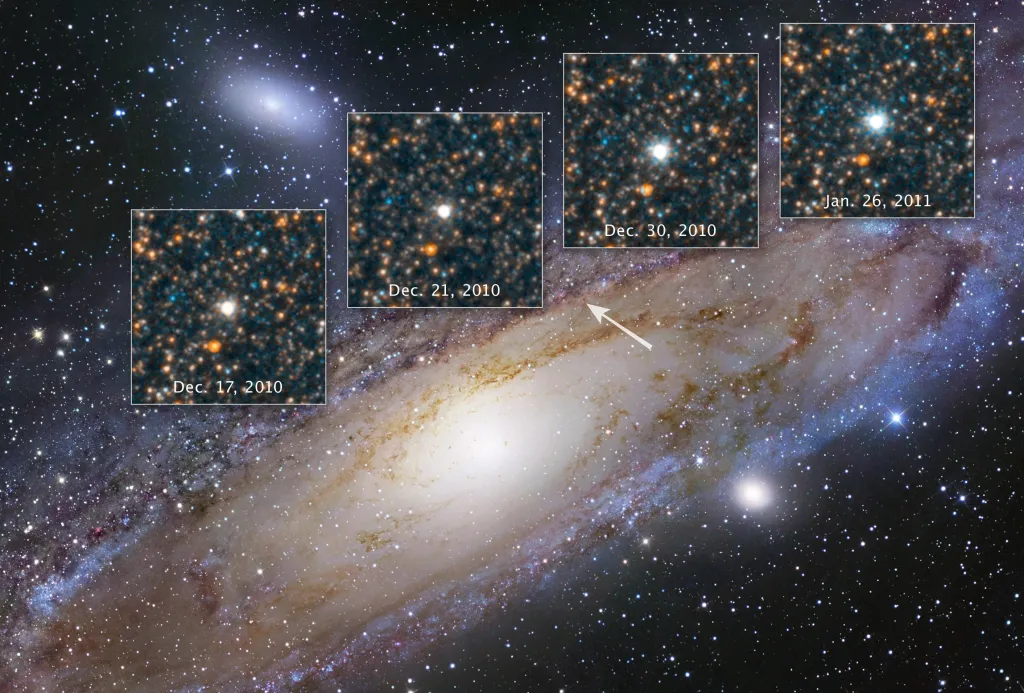
NASA Celebrates Edwin Hubble's Discovery of a New Universe - NASA Science
For humans, the most important star in the universe is our Sun. The second-most important star is nestled inside the Andromeda galaxy. Don’t go looking for it — the flickering star is 2.science.nasa.gov
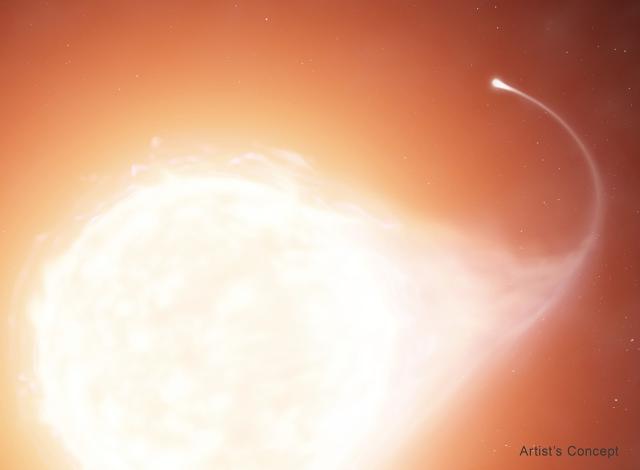
NASA's Hubble Tracks Down a 'Blue Lurker' Among Stars - NASA Science
The name “blue lurker” might sound like a villainous character from a superhero movie. But it is a rare class of star that NASA’s Hubble Space Telescope explored by looking deeply into the open star cluster M67, roughly 2,800 light-years away.science.nasa.gov
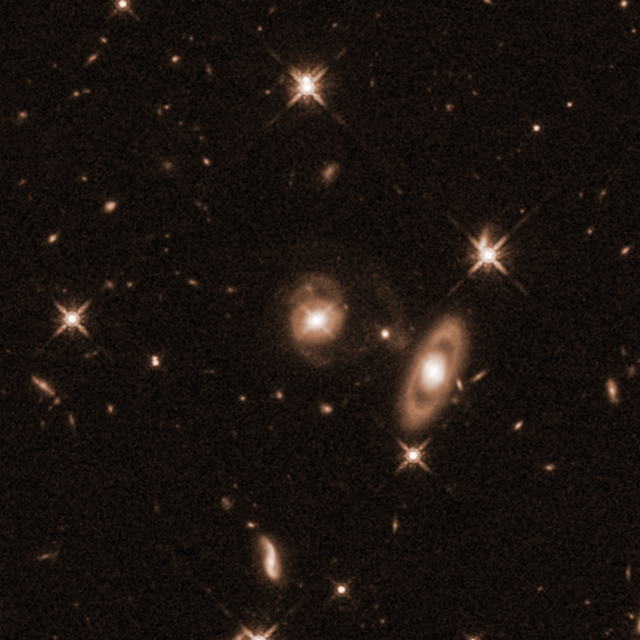
Hubble Reveals Surprising Spiral Shape of Galaxy Hosting Young Jet - NASA Science
The night sky has always played a crucial role in navigation, from early ocean crossings to modern GPS. Besides stars, the United States Navy uses quasars as beacons.science.nasa.gov
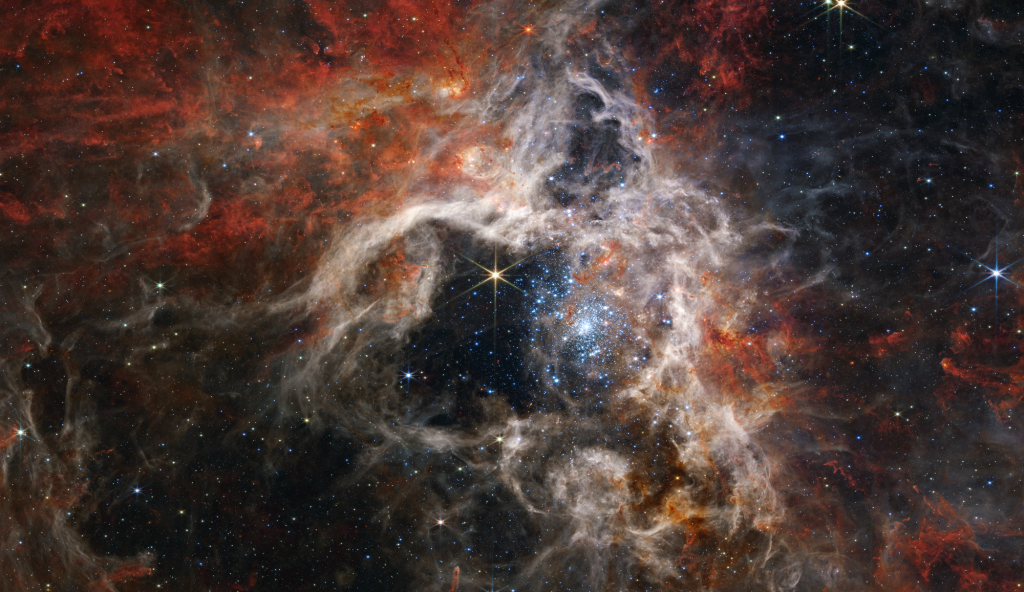
NASA Research To Be Featured at American Astronomical Society Meeting - NASA Science
From new perspectives on the early universe to illuminating the extreme environment near a black hole, discoveries from NASA missions will be highlighted at the 245th meeting of the American Astronomical Society (AAS).science.nasa.gov

Hubble Rings In the New Year - NASA Science
This NASA/ESA Hubble Space Telescope image reveals a tiny patch of sky in the constellation Hydra. The stars and galaxies depicted here span a mind-bending range of distances.science.nasa.gov
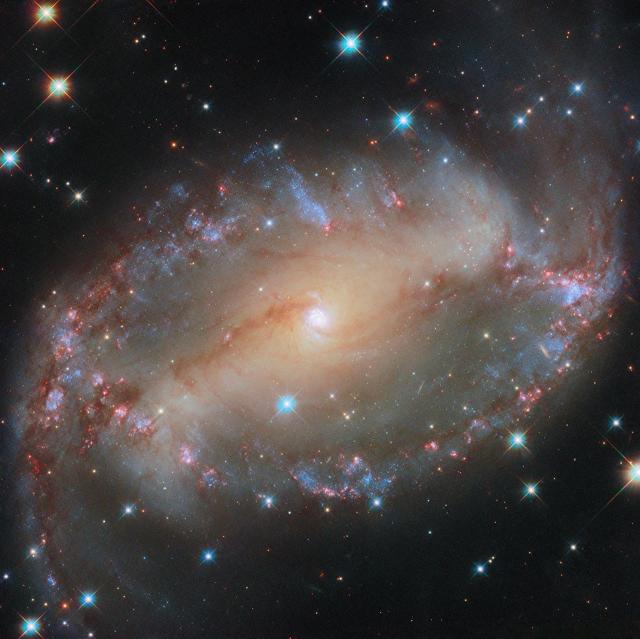
Hubble Spies a Cosmic Eye - NASA Science
This NASA/ESA Hubble Space Telescope image features the spiral galaxy NGC 2566, which sits 76 million light-years away in the constellation Puppis.science.nasa.gov

NASA Finds ‘Sideways’ Black Hole Using Legacy Data, New Techniques - NASA
NASA researchers have discovered a perplexing case of a black hole that appears to be “tipped over,” rotating in an unexpected direction relative to theAbby Tabor (NASA)

Hubble Images a Grand Spiral - NASA Science
This NASA/ESA Hubble Space Telescope image features the glorious spiral galaxy NGC 5643, which is located roughly 40 million light-years away in the constellation Lupus, the Wolf.science.nasa.gov

Hubble Captures an Edge-On Spiral with Curve Appeal - NASA
This NASA/ESA Hubble Space Telescope image features a spiral galaxy, named UGC 10043. We don’t see the galaxy’s spiral arms because we are seeing itNASA
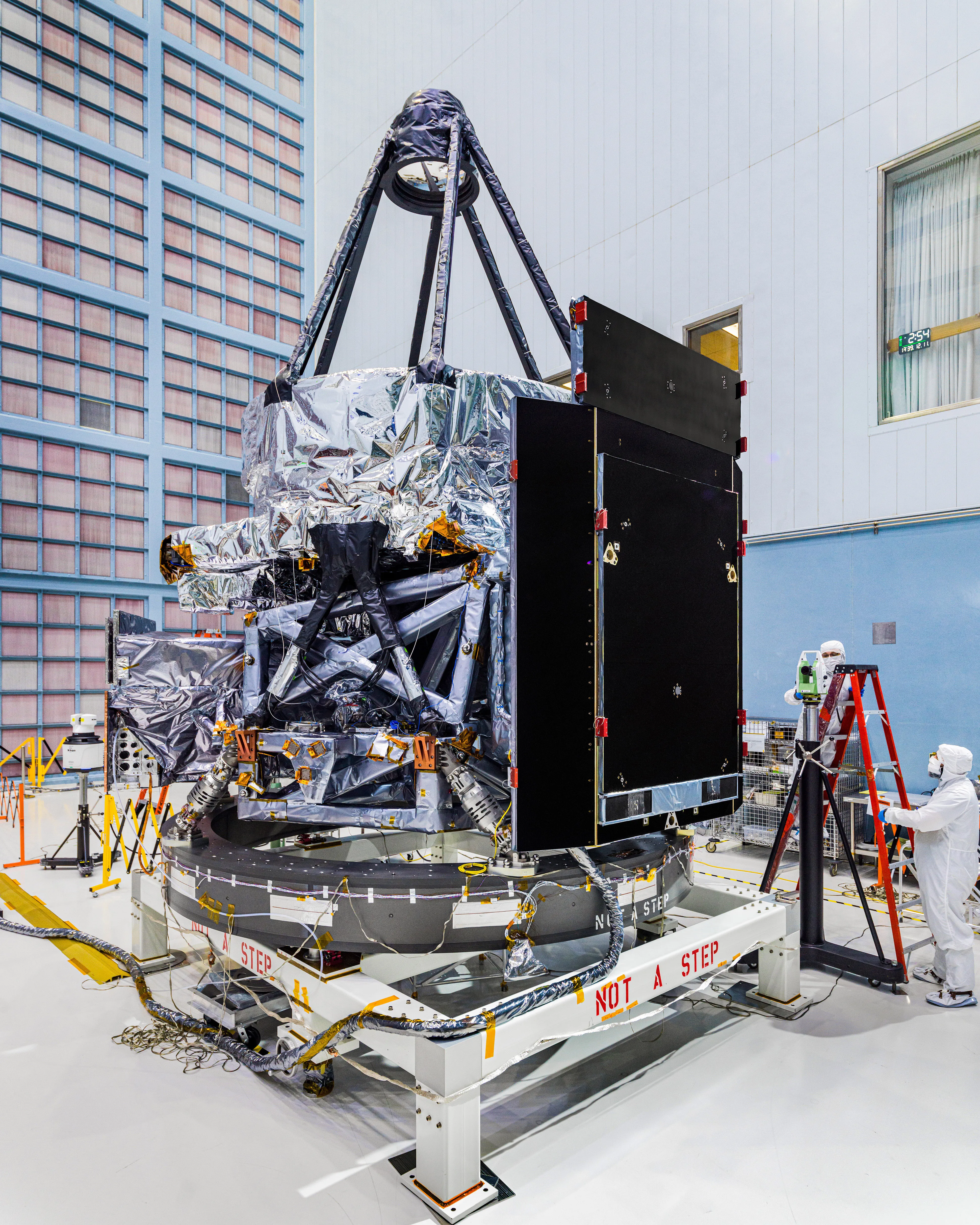
NASA Successfully Integrates Roman Mission’s Telescope, Instruments - NASA
NASA’s Nancy Grace Roman Space Telescope team has successfully integrated the mission’s telescope and two instruments onto the instrument carrier, marking theAshley Balzer (NASA)

NASA's Hubble Celebrates Decade of Tracking Outer Planets - NASA Science
Encountering Neptune in 1989, NASA’s Voyager mission completed humankind’s first close-up exploration of the four giant outer planets of our solar system.science.nasa.gov
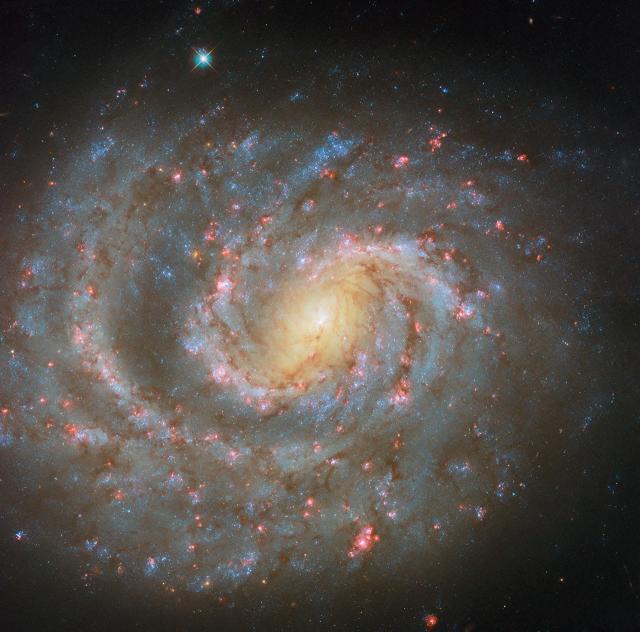
Hubble Spots a Spiral in the Celestial River - NASA Science
The subject of this NASA/ESA Hubble Space Telescope image is NGC 1637, a spiral galaxy located 38 million light-years from Earth in the constellation Eridanus, the River.science.nasa.gov
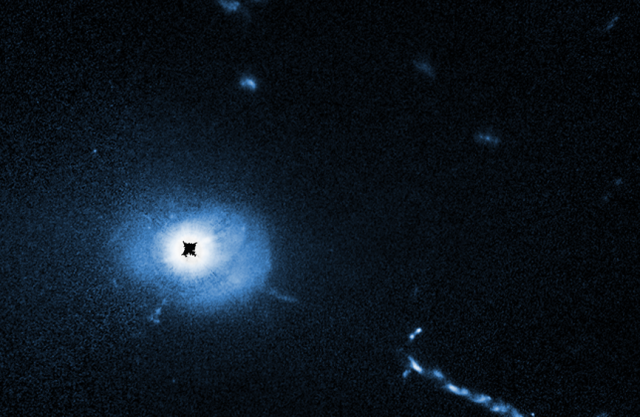
NASA's Hubble Takes the Closest-Ever Look at a Quasar - NASA Science
Astronomers have used the unique capabilities of NASA’s Hubble Space Telescope to peer closer than ever into the throat of an energetic monster black hole powering a quasar.science.nasa.gov
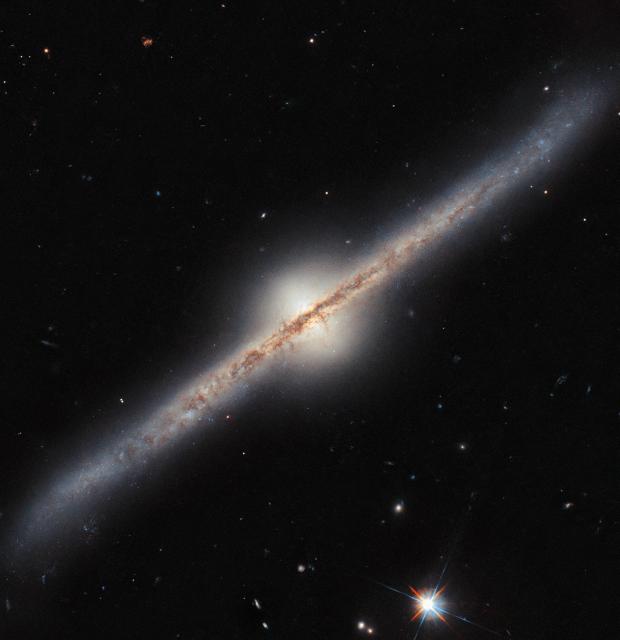
Hubble Captures an Edge-On Spiral with Curve Appeal - NASA Science
This NASA/ESA Hubble Space Telescope image features a spiral galaxy, named UGC 10043. We don’t see the galaxy’s spiral arms because we are seeing it from the side.science.nasa.gov
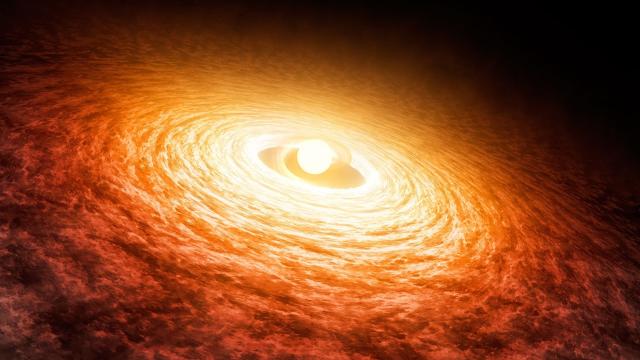
NASA's Hubble Finds Sizzling Details About Young Star FU Orionis - NASA Science
In 1936, astronomers saw a puzzling event in the constellation Orion: the young star FU Orionis (FU Ori) became a hundred times brighter in a matter of months. At its peak, FU Ori was intrinsically 100 times brighter than our Sun.science.nasa.gov
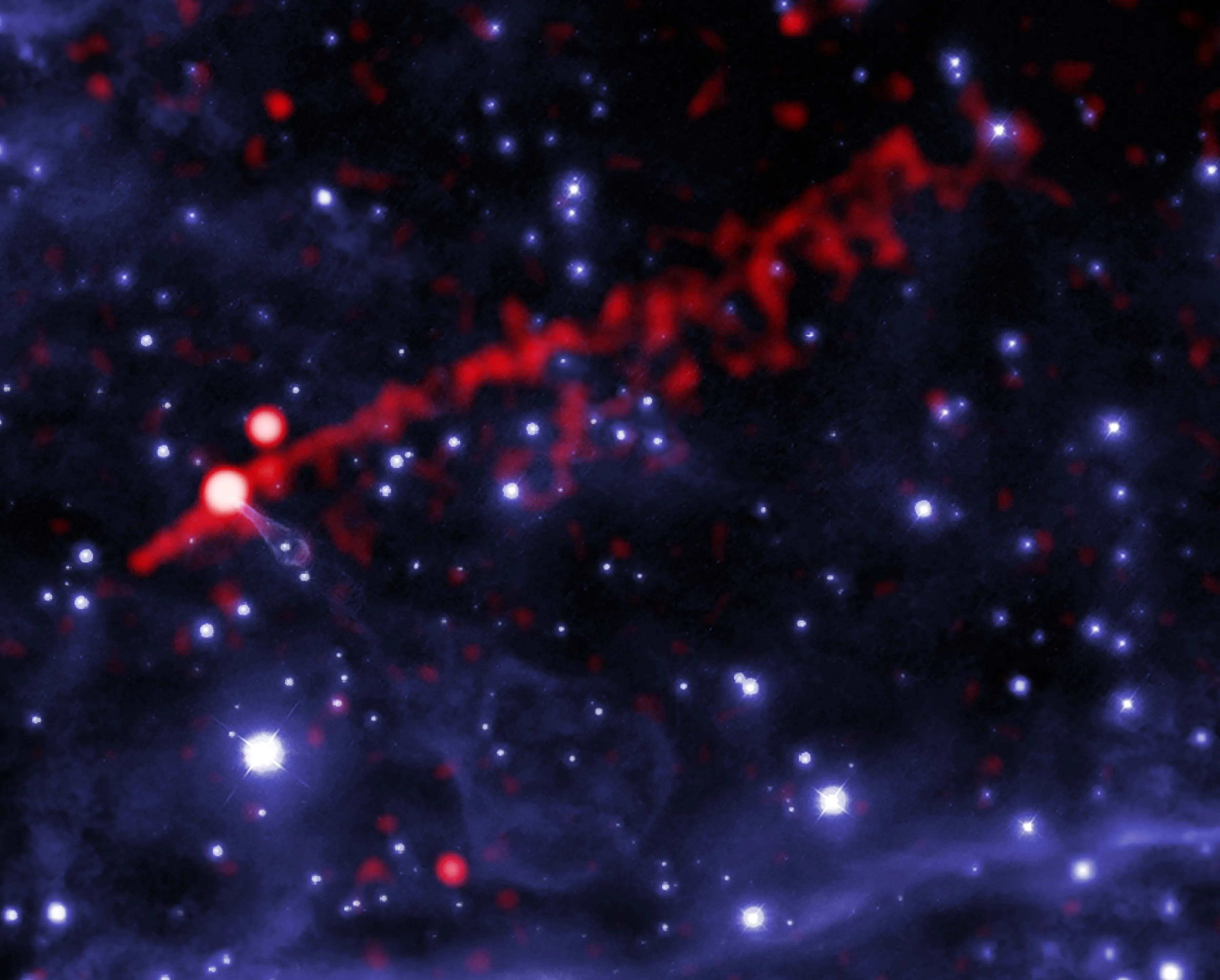
NASA's Chandra, Hubble Tune Into 'Flame-Throwing' Guitar Nebula - NASA
Normally found only in heavy metal bands or certain post-apocalyptic films, a “flame-throwing guitar” has now been spotted moving through space. AstronomersLee Mohon (NASA)
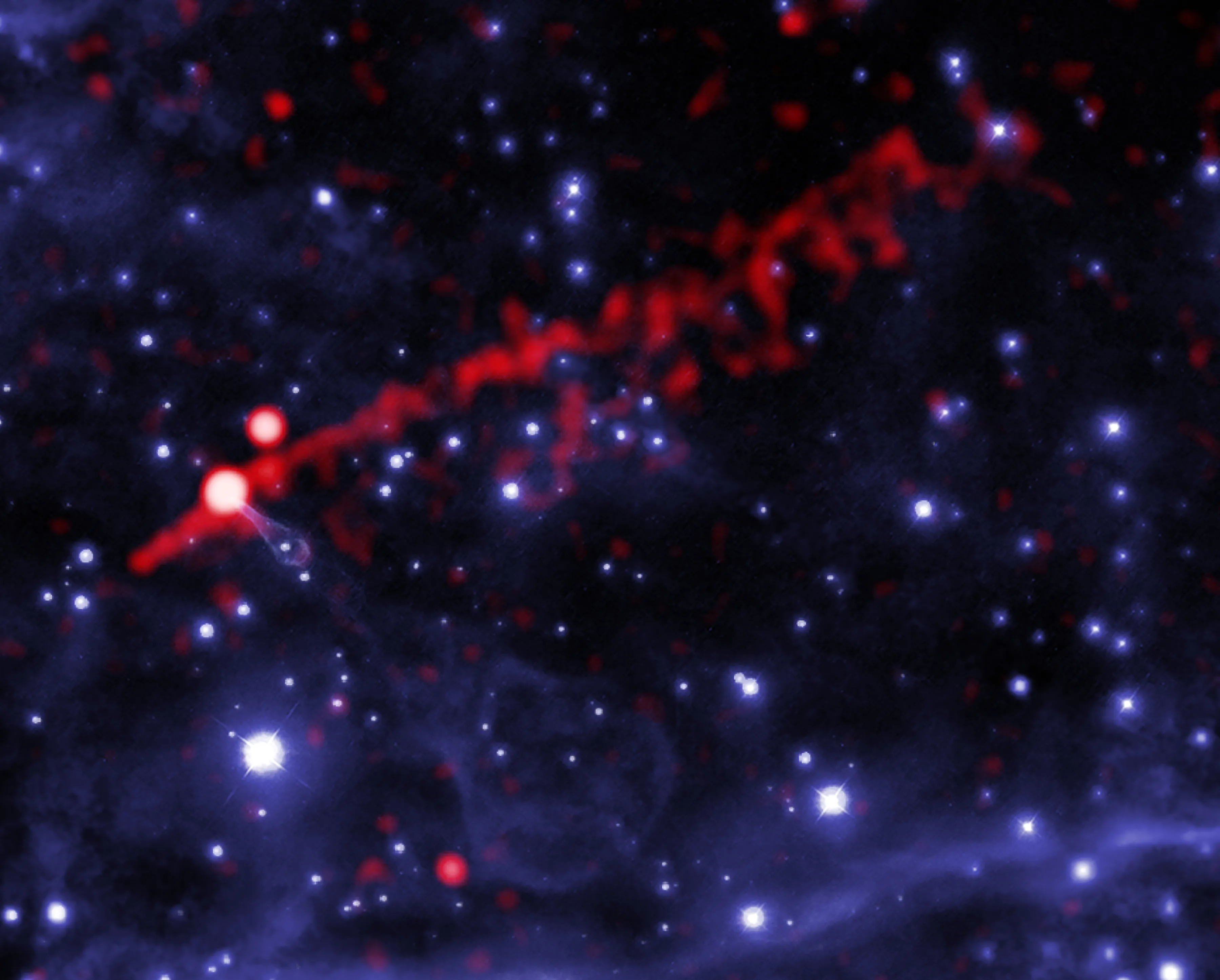
NASA's Chandra, Hubble Tune Into 'Flame-Throwing' Guitar Nebula - NASA
Normally found only in heavy metal bands or certain post-apocalyptic films, a “flame-throwing guitar” has now been spotted moving through space. AstronomersLee Mohon (NASA)
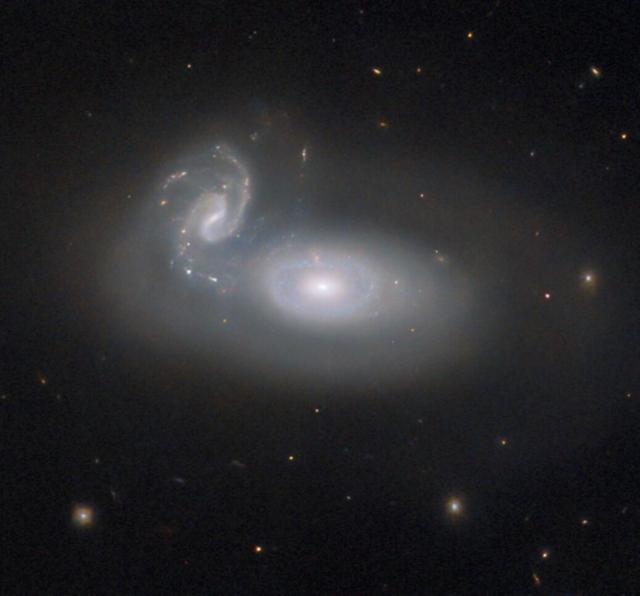
Hubble Takes a Look at Tangled Galaxies - NASA Science
This NASA/ESA Hubble Space Telescope image depicts the cosmic tangle that is MCG+05-31-045, a pair of interacting galaxies located 390 million light-years away and a part of the Coma galaxy cluster.science.nasa.gov
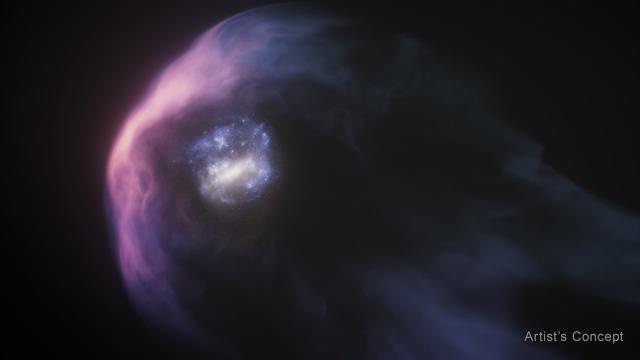
NASA's Hubble Sees Aftermath of Galaxy's Scrape with Milky Way - NASA Science
A story of survival is unfolding at the outer reaches of our galaxy, and NASA’s Hubble Space Telescope is witnessing the saga. The Large Magellanic Cloud, also called the LMC, is one of the Milky Way galaxy’s nearest neighbors.science.nasa.gov
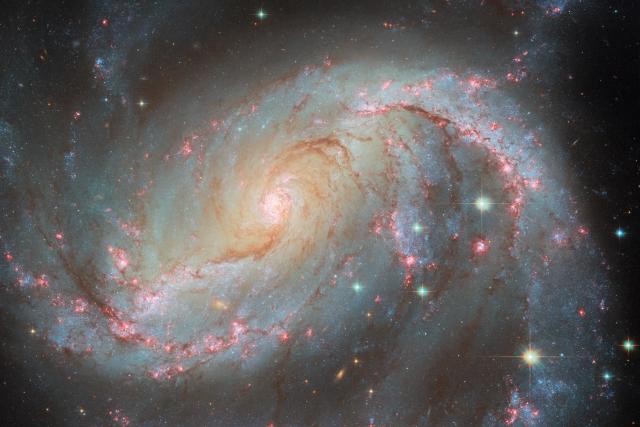
Hubble Captures a Galaxy with Many Lights - NASA
This NASA/ESA Hubble Space Telescope image features NGC 1672, a barred spiral galaxy located 49 million light-years from Earth in the constellation Dorado.NASA
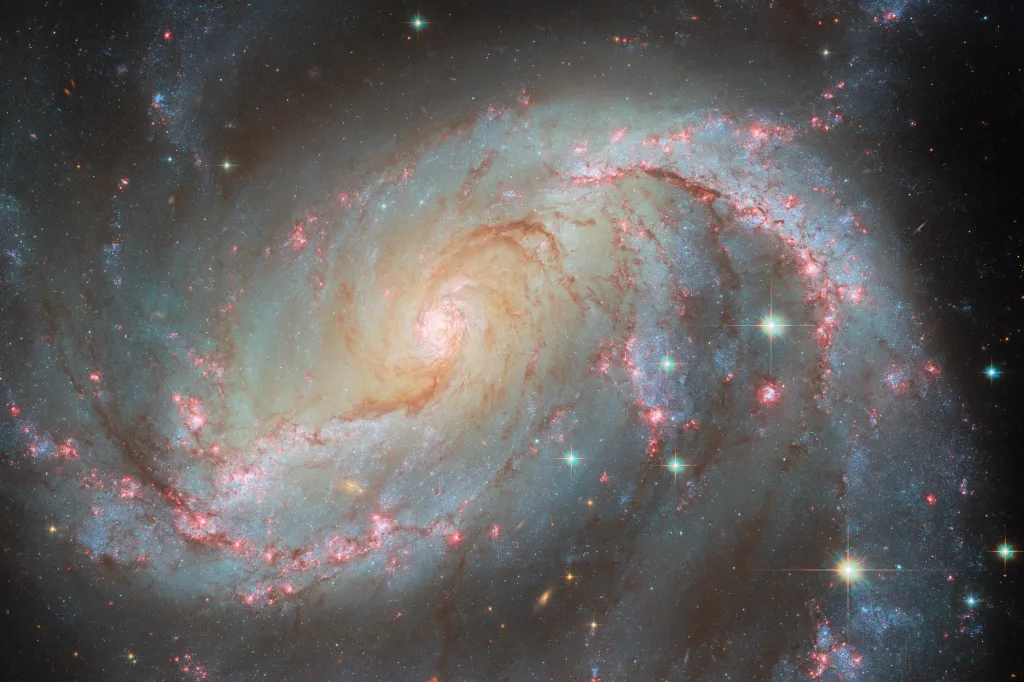
Hubble Captures a Galaxy with Many Lights - NASA Science
This NASA/ESA Hubble Space Telescope image features NGC 1672, a barred spiral galaxy located 49 million light-years from Earth in the constellation Dorado.science.nasa.gov
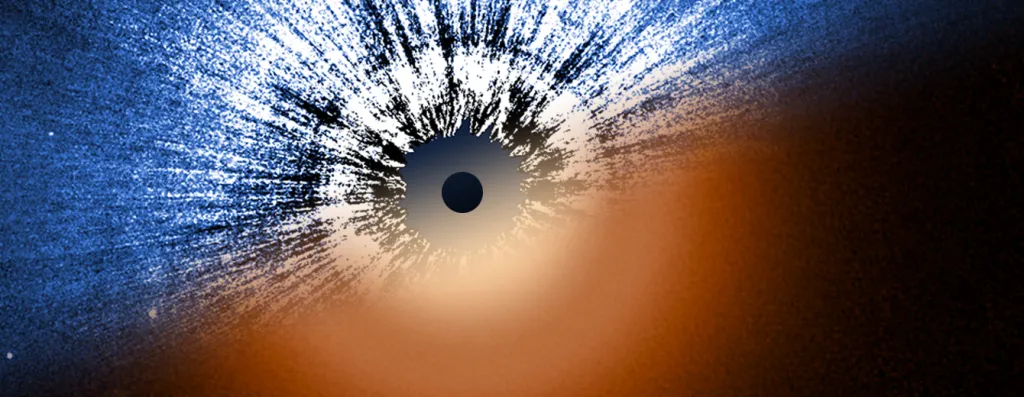
NASA's Hubble, Webb Probe Surprisingly Smooth Disk Around Vega - NASA Science
In the 1997 movie “Contact,” adapted from Carl Sagan’s 1985 novel, the lead character scientist Ellie Arroway (played by actor Jodi Foster) takes a space-alien-built wormhole ride to the star Vega.science.nasa.gov

‘Blood-Soaked’ Eyes: NASA’s Webb, Hubble Examine Galaxy Pair - NASA Science
Stare deeply at these galaxies. They appear as if blood is pumping through the top of a flesh-free face. The long, ghastly “stare” of their searing eye-like cores shines out into the supreme cosmic darkness.science.nasa.gov
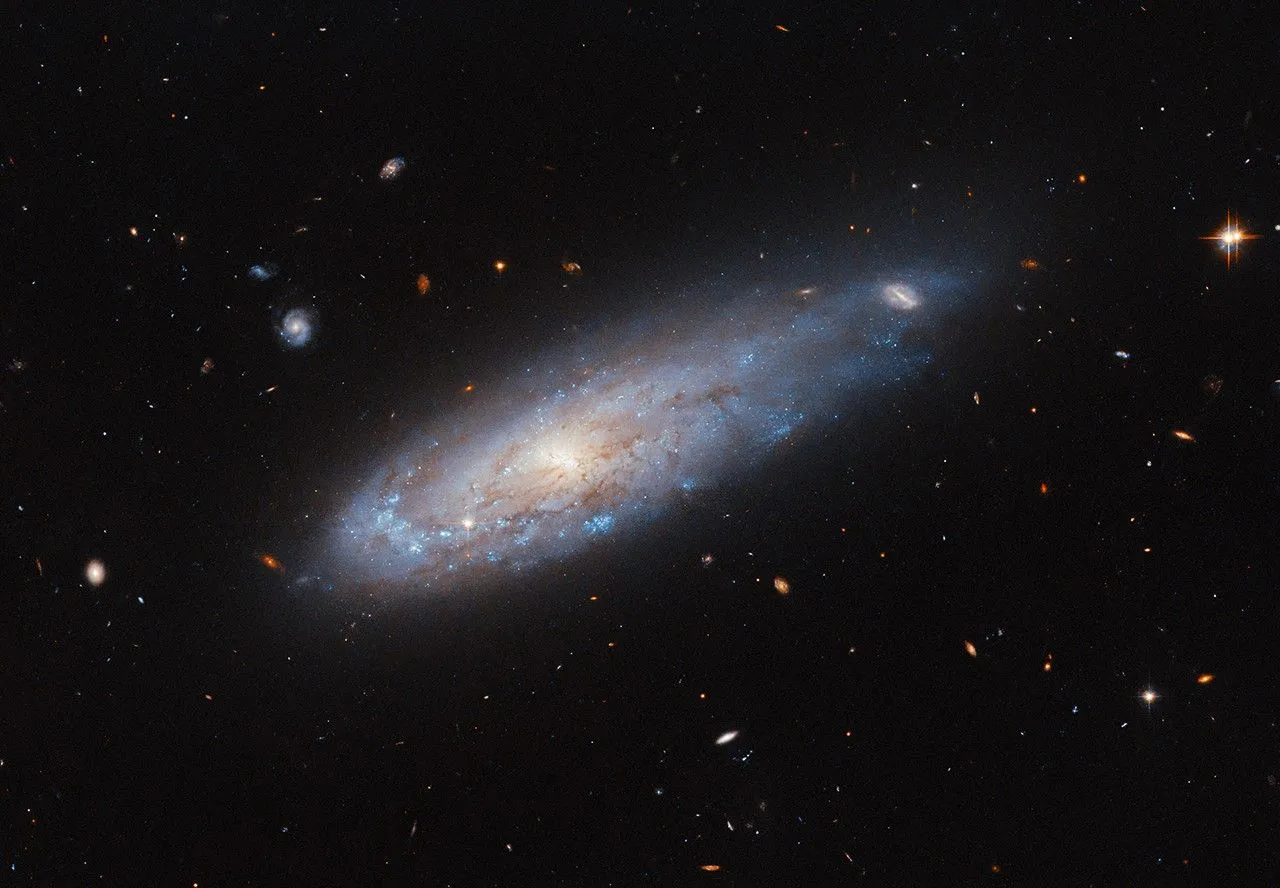
Hubble Sees a Celestial Cannonball - NASA
The spiral galaxy in this NASA/ESA Hubble Space Telescope image is IC 3225. It looks remarkably as if it was launched from a cannon, speedingNASA

Hubble Sees a Celestial Cannonball - NASA Science
The spiral galaxy in this NASA/ESA Hubble Space Telescope image is IC 3225. It looks remarkably as if it was launched from a cannon, speeding through space like a comet with a tail of gas streaming from its disk behind it.science.nasa.gov
A Dazzling Supernova - NASA
This image, released on Feb. 24, 2017, shows Supernova 1987a (center) surrounded by dramatic red clouds of gas and dust within the Large Magellanic Cloud.NASA
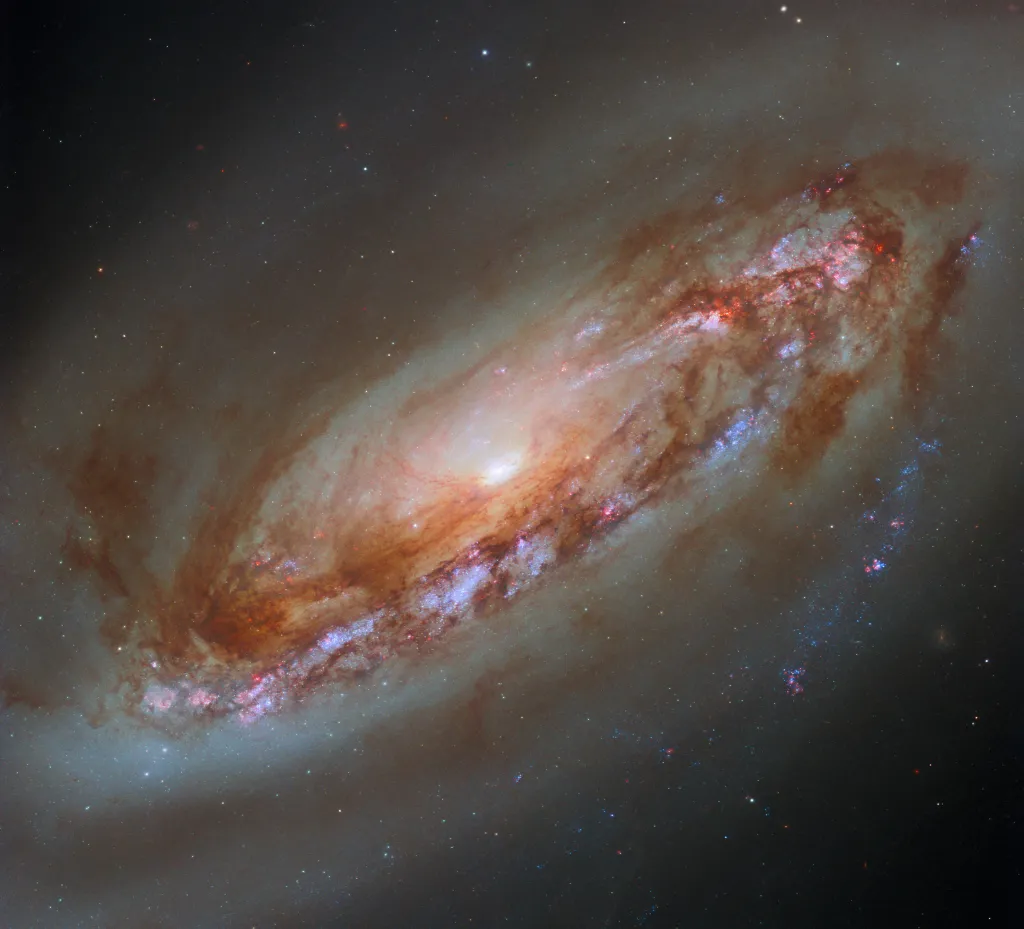
Hubble Captures a New View of Galaxy M90 - NASA Science
This NASA/ESA Hubble Space Telescope image features the striking spiral galaxy Messier 90 (M90, also NGC 4569), located in the constellation Virgo.science.nasa.gov
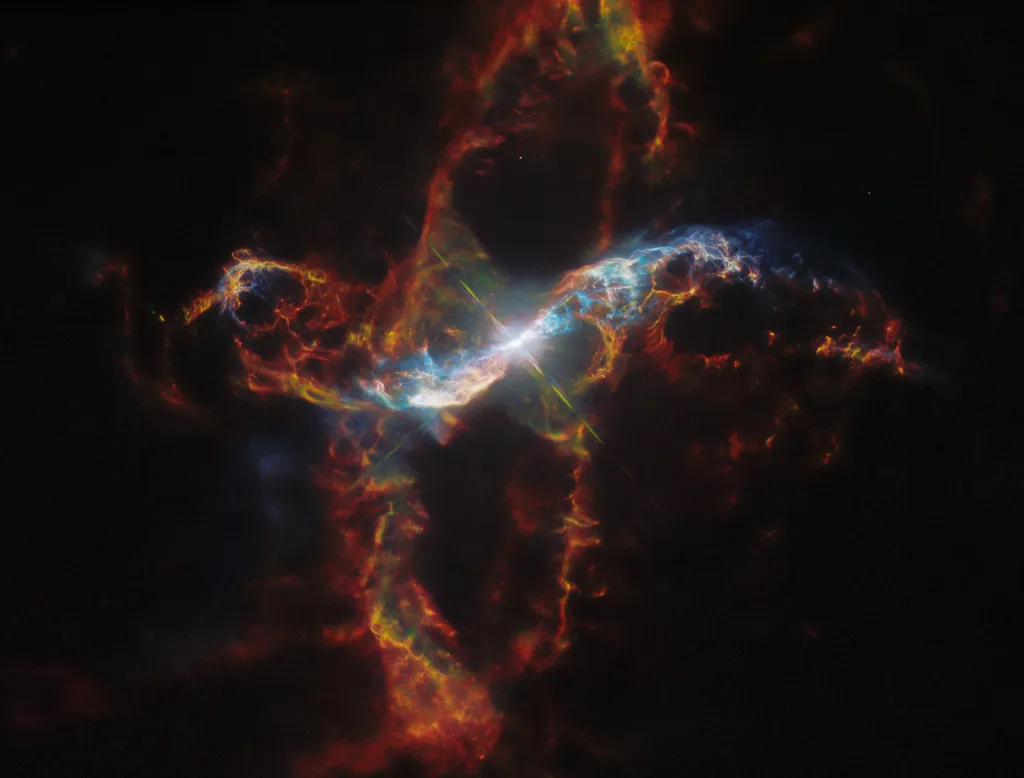
NASA's Hubble Sees a Stellar Volcano - NASA Science
NASA’s Hubble Space Telescope has provided a dramatic and colorful close-up look at one of the most rambunctious stars in our galaxy, weaving a huge spiral pattern among the stars.science.nasa.gov
